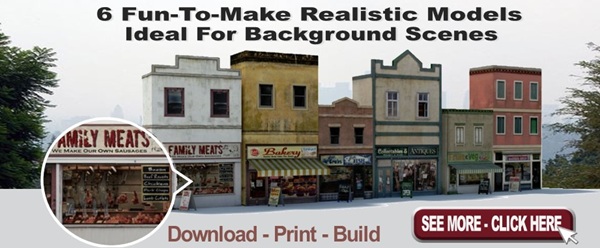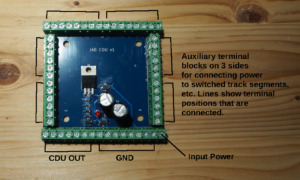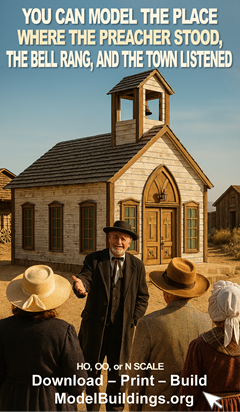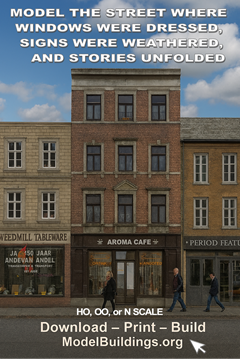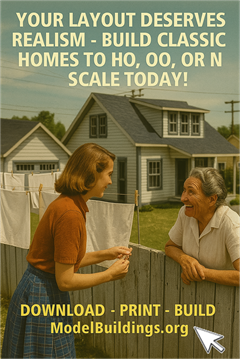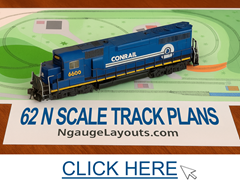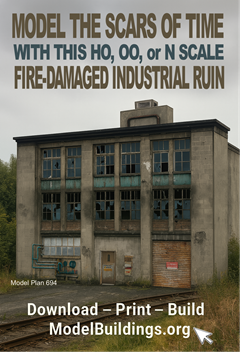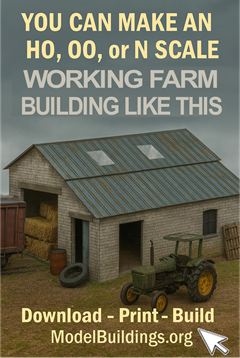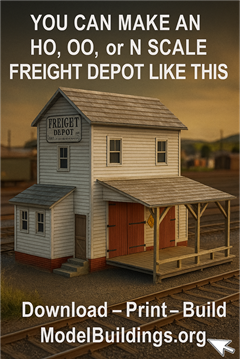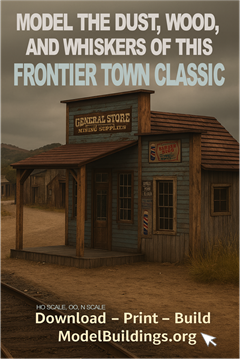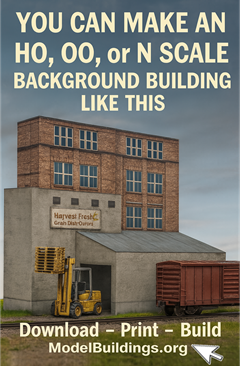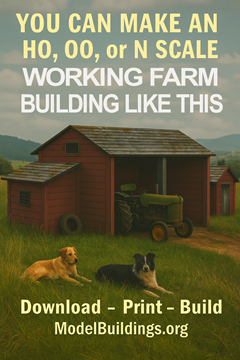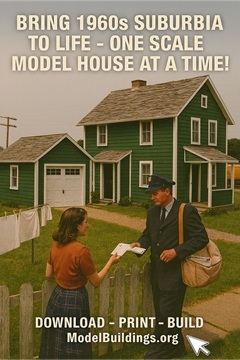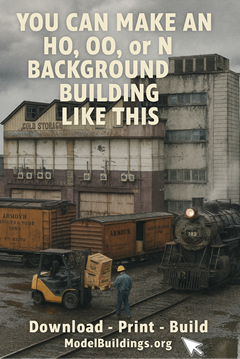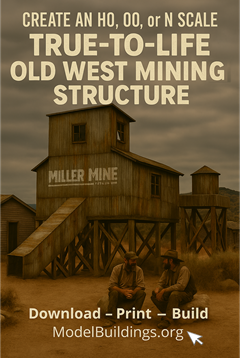Everything on model trains, model railroads, model railways, locomotives, model train layouts, scenery, wiring, DCC and more. Enjoy the world's best hobby... model railroading!
Electronics Engineer Shares LED Tip
Bob Rimm kindly shared this ip:
“Thank for the news letter! As an electronics engineer I have been using Led’s since they first came on to the market. Some additional tricks is take two LED’s, add a 1N4148 diode in series with each on and wire them so that the anodes of Led and Diode go in one direction and the second set goes in the opposite direction. This will give you a brighter light and if you use a pulsing source such as the output of a 555 timer, you can adjust the frequency. This will allow one to increases or decreases the light output. Usually a frequency of approximately 1 Kilohertz will give you a usable amount of light.”
Bus Feed Wires
This question from a reader:
“ I have installed a single strand, heavier than 18 volt bus line as my feeder throughout my HO layout. Are there any advantages of disadvantages to doing this? I have as of yet not hooked the wiring up but only have slung this wire for the length of the layout.”
Rocket Jet on Model Train Display
T ed wants to add a jet model to his HO layout and seeks your advice:
ed wants to add a jet model to his HO layout and seeks your advice:
“I would like to put a model of an X-15 rocket jet, like one I put together about 50 years ago, outside of a ‘Transportation Museum’ on my HO layout. All I have been able to find so far are models in 1:72 or twice that. Revell has made one that can still be found at 1/64th. I’ve found 1/200,1/100, and others more different from HO. Any ideas where I might find anything closer to HO, or ideas on how to make what’s there closer, or some way to make do. I have toyed with the idea of slightly one of the slightly smaller models somewhat in the background (much like putting N scale trains and buildings in the background to add depth.”
CDU with Terminal Blocks
Hi, my son and I recently designed a CDU with terminal blocks. See the following site for design files:
https://github.com/cbrake/hardware-projects/tree/master/model-train-cdu
Will a 1/76 Tank Fit a 1/87 Flat Car?
Miles sent in this question:
“I spotted a Sherman tank I really like for an HO scale flat car load. My dilemma is; the tank is not HO or 1/87 but is more like 1/76 scale. Will this still work on my HO scale flat car?
Submit your own question using one of the many ASK A QUESTION links on this page, or add a comment to help out Miles with his question.
JUST RELEASED! Police Station, Ambulance Station, Fire Station, and Burnt Out House. Download, Print, and Fun to Build
New to the range of over 200 scale HO/OO and N scale model plans available from https://www.modelbuildings.org
Mixing HO with On30. A Crazy Idea or Maybe Not?
Richo poses and interesting question:
“I am thinking of running HO trains above On30 trains around the wall. Would it detract and look weird? I am thinking of maybe a dog bone design, or possibly a continuous run with a swing gate on each level to get access through the door. Not sure, so would appreciate some feedback?”
Add a comment/suggestion to assist Richo below. Have your own question(s) published by clicking on the ASK A QUESTION link.
Ballasting Materials and Methods
John is looking at OO gauge and wants to know:
“What is the best way to ballast track and points?”
Beginner Needs Help With HO Tyco 897 Train Set Transformer
Brian needs advice on his Tyco train set:
“I have just inherited a small HO Train set from a family friend. Just wondering where to go to get info on hooking up transformer and testing engines to see if they work?”
Best Type of Lightweight Ballast Material?
David has this question:
“I am searching for good looking light weight ballast material for size N. I need to source enough for around 60 meters of track which I need to to ballast. I can’t have the weight of stone material is too high, as the whole layout is hanging in wires from the ceiling for elevation. Any experience shall be appreciated.”
Add your comment.
Re-Wiring Ballasted Track
Rudy models HO and asks:
“My system is all DC and my ballast is already in place. I realize only now, that I could use an 18 inch section of my layout where I could temporarily switch power, on and off, and let my 2nd engine rest, while continuing use of the first one. I already have a siding wired for this, but could use another. Is there any way to do this without ripping up my ballasted track ?”
What’s the Correct Track Spacing on Straights and Curves?
Lincoln sent in this question:
“I was wondering what is the correct spacing width between parallel straight tracks (HO), and does this differ from on curves? I presume curve spacing is different depending on the curve radius? I want to run some long freight trains and I am looking at buying some long passenger cars, so I want to have enough space between the tracks. Thanks in advance for publishing my question, and to any rail fans who can help out.”
S-Curves can Derail Trains
S-curves can be a railroader’s worst nightmare, yet they are a feature of many track plans because they can add interest to a layout. If you are going to add an S-curve, plan it carefully. That means that you need to have at least one straight section of track at as long as your longest car between the curves. Otherwise, regular derailments might become unwanted events on your layout. Fixing a problematic S-curve can be exceptionally hard once the track is permanently placed.
One of the most challenging placements for an S-curve is just beyond a turnout. Avoid having a curve in the opposite direction immediately after the turnout diverges. Follow the straight section between changes of direction practice described above.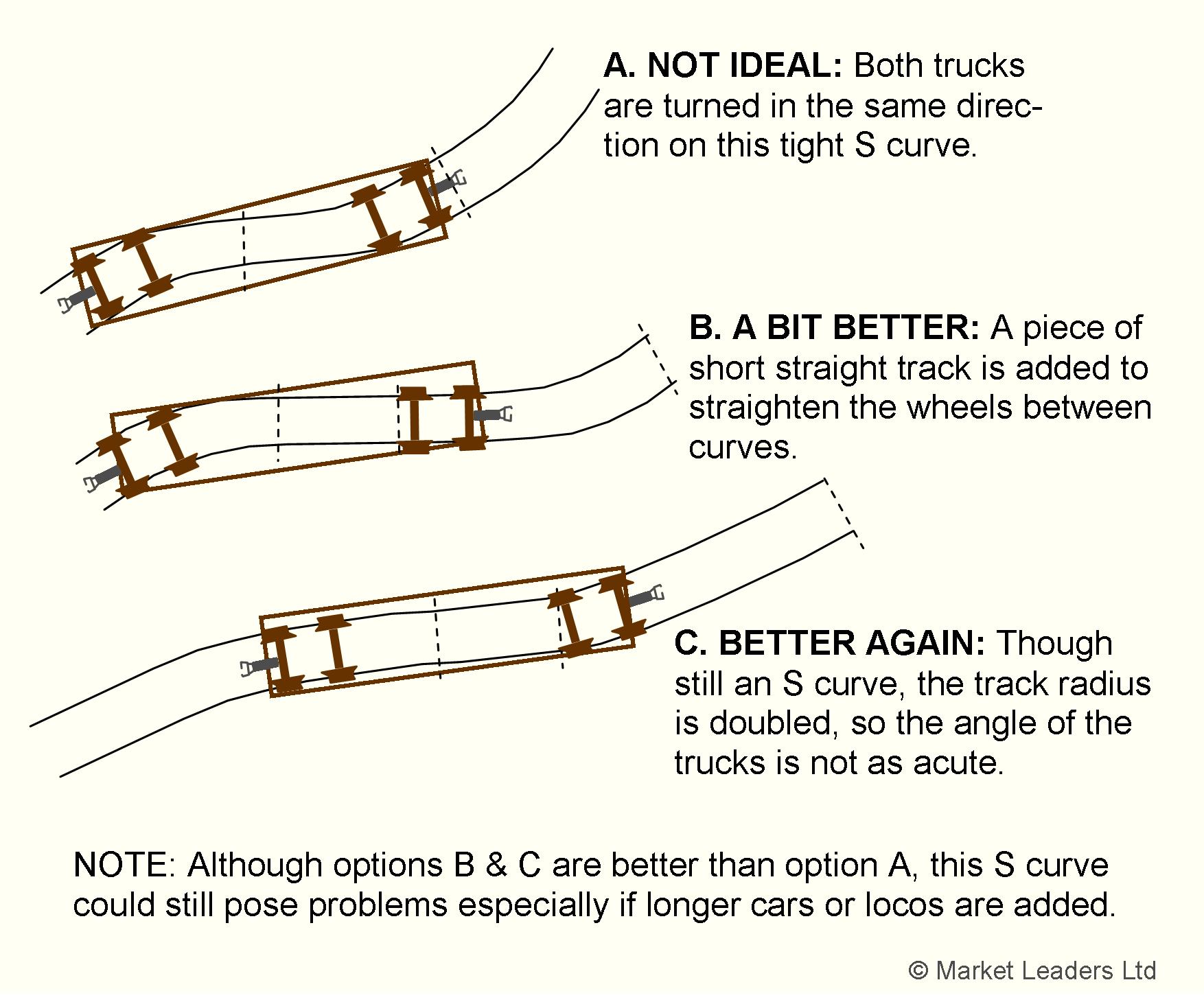
JUST RELEASED! Download, print, and build 3 retro 1950’s-1960’s model buildings
New to the range of 200+ scale model plans available from https://www.modelbuildings.org
Japanese Tomytec Products – Info Needed
Ron has this question:
“Hi, is anybody familiar with Tomytec products? I know that most of them are N scale. I was wondering if Tomytec products are available in HO and O scale. Thanks in advance for all responses.”
Add your comment below.
Old Style Station Lamps and Building Lights
Mark model HO scale and asks others in the hobby:
“I have just purchased building lights and old style station lamps from China. I was thinking that they would be easy to install and use. Wrong!! I think they need a capacitor added to make them work. Do they? If so, how do I find out what type to use. Many thanks.”
Mark you can use the COMMENTS link to upload a photo if you think it will assist readers to provide you helpful advice.
Ballast Coverage
Marshall models HO and asks:
“I would like to start ballasting my track with Woodland Scenics medium ballast and need to know if there is a rule of for how much material might be used for a specified length of track. My track, which totals some 200 foot, sits on a cork roadbed. Thank you.”
Have your question published on the blog by using one of the many Ask A Question links on this page.
Will Any Decoder Do?
Ben sent in this question for readers:
“This might sound stupid but can I use any decoder model in a locos? I ask this because I will be soldering the connections regardless and know the frames can vary between manufacturers, so can I still choose any decoder, or will I need specific decoders for certain locos?
Add or view the COMMENTS below.
